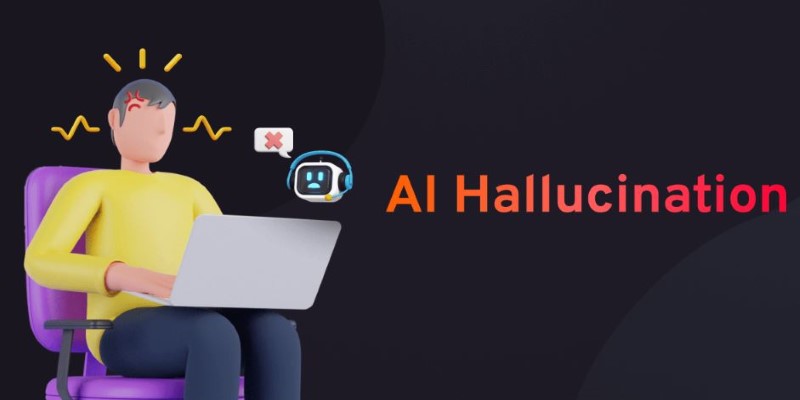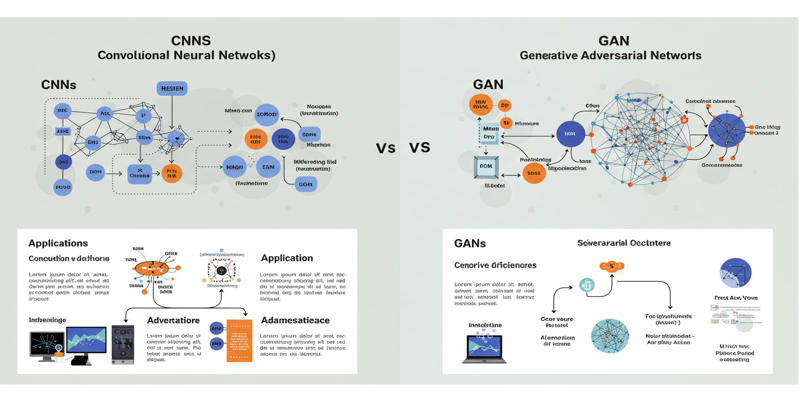Artificial Intelligence is transforming how people search for information and communicate online. Its speed and ability to generate human-like content often seem impressive. However, this technology comes with a hidden risk called AI hallucinations. This happens when AI tools create information that appears correct but is completely false. These errors can confuse readers, spread misinformation, and harm trust in technology.
AI hallucinations are not just a technical issue; they also affect human understanding and decision-making. Knowing how and why AI generates false information is important for using these tools safely and responsibly in daily life, business, education, and other critical areas.
AI hallucinations are one of the strangest and most surprising problems in modern technology. They happen when AI tools like chatbots or content generators produce answers that sound smart — but are completely false. At the heart of this problem is how AI learns. These systems are trained on huge amounts of online data, picking up language patterns, connections, and phrases from millions of sources. But here’s the catch — AI doesn’t actually know what’s true or false. It doesn’t think like humans. Instead, it predicts words based on patterns, not facts.
When AI generates false information, it’s often because it’s trying to fill in the blanks. If the data is missing or unclear, the model guesses — and that guess might sound real but be entirely wrong. Another reason for AI hallucinations is overconfidence built into the system. Instead of admitting, “I don’t know,” many AI tools will create an answer just to keep the conversation flowing.
The truth is that AI doesn't understand meaning. It operates like a language calculator, not a human brain. This gap between pattern and understanding is exactly why AI sometimes gets creative — and dangerously wrong — when generating information.
The impact of AI hallucinations can range from minor mistakes to serious consequences. False information may seem harmless in casual conversations or creative writing. However, the risks become higher in sensitive fields like healthcare, finance, or education.

For example, when AI generates false information in a medical setting, it might recommend fake treatments, misinterpret symptoms, or provide incorrect health advice. This misinformation could lead users to make dangerous decisions about their health.
In legal or financial industries, hallucinated data can damage professional credibility. Imagine using AI-generated content in a contract, only to find that key details were entirely fabricated. This type of error not only wastes time but could also lead to financial losses or legal problems.
AI hallucinations also create challenges for content creators and businesses that rely on automated writing tools. Articles, blog posts, or product descriptions with false claims can hurt brand reputation and trust. Readers who spot inaccurate details may question the quality of the entire platform.
Perhaps the most worrying aspect of AI hallucinations is their ability to spread false information online quickly. On social media and news platforms, people often share content without verifying its accuracy. When AI generates false information in this environment, it can fuel misinformation campaigns, conspiracy theories, or public confusion.
Developers and researchers are working on several strategies to reduce the risks of AI hallucinations. One important approach is improving the training data. Filtering out low-quality, outdated, or biased content can help create better models. When AI generates false information, it often comes from poor-quality data included during its learning phase.
Another method is refining model behavior. AI systems can be trained to recognize uncertainty and avoid making confident statements when data is limited. This behavior would allow the model to provide disclaimers or admit a lack of knowledge rather than hallucinate answers.
Some companies are building verification systems into their AI tools. These features cross-check generated content with trusted databases, search engines, or knowledge graphs to confirm accuracy. This process adds an extra layer of fact-checking before content reaches the user.
Transparency is also a growing focus in the AI industry. Developers are working to create models that explain their reasoning and show their data sources. When AI generates false information, users can better understand why it happened and take appropriate action.
Lastly, human oversight remains critical. No matter how advanced AI becomes, experts advise that humans should review and approve important content generated by AI systems. Responsible use of these tools means treating them as assistants, not replacements for human judgment.
Despite rapid advancements, AI hallucinations will continue to challenge users and developers for the foreseeable future. The core reason is rooted in how AI systems operate. Unlike humans, AI does not truly understand meaning, context, or truth. Instead, it analyzes patterns from data to generate text, often without verifying facts.

When AI generates false information, it exposes the gap between language generation and real-world knowledge. While improvements in training data and algorithms can reduce mistakes, eliminating AI hallucinations is highly unlikely. This means users must remain cautious and alert when using AI tools.
The danger grows because AI-generated content often sounds natural, polished, and highly convincing. Many users lack the time or expertise to fact-check every piece of AI-generated information, especially in fast-moving digital spaces. This places added responsibility on content creators, businesses, and developers to maintain accuracy and integrity.
As AI tools enter sensitive fields like healthcare, journalism, customer service, and law, the risks of false information become more serious. It’s not enough for AI to sound convincing — accuracy is critical. The future of AI must balance innovation with responsibility and truth.
AI hallucinations highlight a critical weakness in modern technology. While AI can generate impressive content, it does not always guarantee accuracy. When AI generates false information, the risks affect trust, safety, and decision-making. Moving forward, users must stay informed and verify important details. Developers should continue refining AI systems for better accuracy. Responsible use of AI requires a careful balance between innovation and human oversight. Awareness of AI hallucinations is the first step toward using this powerful tool wisely and safely.

Discover five powerful ways computer vision transforms the retail industry with smarter service, security, shopping, and more

Find the benefits and challenges of outsourcing AI development, including tips on choosing the best partner and outsourcing areas

remove duplicate records, verification is a critical step, SSIS provides visual tools

From 24/7 support to reducing wait times, personalizing experiences, and lowering costs, AI in customer services does wonders

Know the essential distinctions that separate CNNs from GANs as two dominant artificial neural network designs

Explore the differences between Llama 3 and Llama 3.1. Compare performance, speed, and use cases to choose the best AI model.

GANs and VAEs demonstrate how synthetic data solves common issues in privacy safety and bias reduction and data availability challenges in AI system development

With TensorFlow Extended (TFX), learn sentiment analysis using this comprehensive guide for creating and implementing models

Business professionals can now access information about Oracle’s AI Agent Studio integrated within Fusion Suite.

Know how sentiment analysis boosts your business by understanding customer emotions, improving products, and enhancing marketing

Discover how Microsoft Drasi enables real-time change detection and automation across systems using low-code tools.

Explore if AI can be an inventor, how copyright laws apply, and what the future holds for AI-generated creations worldwide